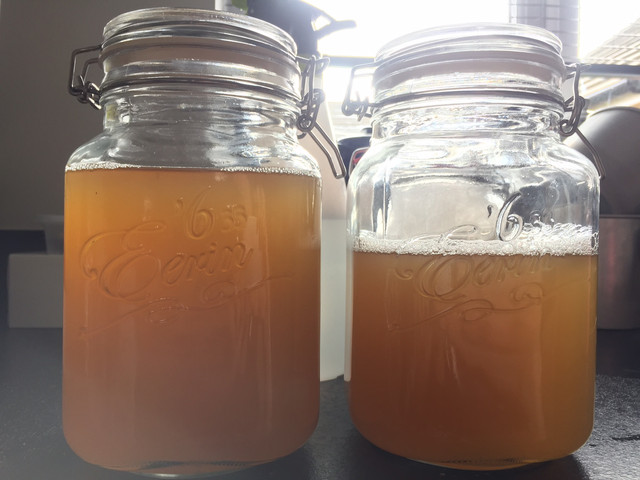Zephyr259
Landlord.
Method and calculator.
See the above links for my method, essentially the same as trueblue does but with less jars kicking about (until you have 3+ yeasts on the go).
Boils down to calculating the yeast required for your brew then making a starter which will grow an extra 100 billion cells, you then keep some under the green starter beer in the fridge and pitch the rest. The chilled sample is equivalent to the original smack pack and the process can be repeated. If you brew standard strength brew then it often works out as a 1.5 L starter where you pitch 1 L and save 500 mls. The 100 billion cells will keep 6 months in the fridge, at which point there's an estimated 25 billion remaining. This is a nice number as when pitched into 500 mls of 1.040 starter wort it'll grow back to 100 billion. So if not used you can "refresh" every 6 months.
See the above links for my method, essentially the same as trueblue does but with less jars kicking about (until you have 3+ yeasts on the go).
Boils down to calculating the yeast required for your brew then making a starter which will grow an extra 100 billion cells, you then keep some under the green starter beer in the fridge and pitch the rest. The chilled sample is equivalent to the original smack pack and the process can be repeated. If you brew standard strength brew then it often works out as a 1.5 L starter where you pitch 1 L and save 500 mls. The 100 billion cells will keep 6 months in the fridge, at which point there's an estimated 25 billion remaining. This is a nice number as when pitched into 500 mls of 1.040 starter wort it'll grow back to 100 billion. So if not used you can "refresh" every 6 months.





































![BREWING THERMOMETER STICKERS ACCURATELY MONITOR FERMENTING BEER & WINE LIQUID TEMPERATURES 5PCS HOME BREW SPIRITS WINE LCD ADHESIVE [US]](https://m.media-amazon.com/images/I/311DDjo2X3L._SL500_.jpg)





